What Are Pimento Berries? A Complete Guide to Origin, Flavor, and Uses
Pimento berries, also known as allspice berries, are the dried unripe berries of the Pimenta dioica tree native to the Caribbean. Despite the name, they are not related to bell peppers (which are sometimes called "pimentos"). The term "allspice" comes from their unique flavor profile, which combines the warmth of cloves, the sweetness of cinnamon, and the earthiness of nutmeg in a single spice.
Historically, pimento berries were used by indigenous Taino people for medicinal purposes before becoming a staple in Caribbean cuisine. Today, they are cultivated in Jamaica, Mexico, and Central America. Whole berries retain their flavor longer than ground versions, making them ideal for long-cooking dishes like stews and marinades. When ground, they become the familiar "allspice" powder found in spice racks.
Common culinary uses include jerk seasoning for grilled meats, pickling brines, baked goods like gingerbread, and holiday beverages like mulled wine. Pimento berries are also a key ingredient in Jamaican patties and many Latin American mole sauces.
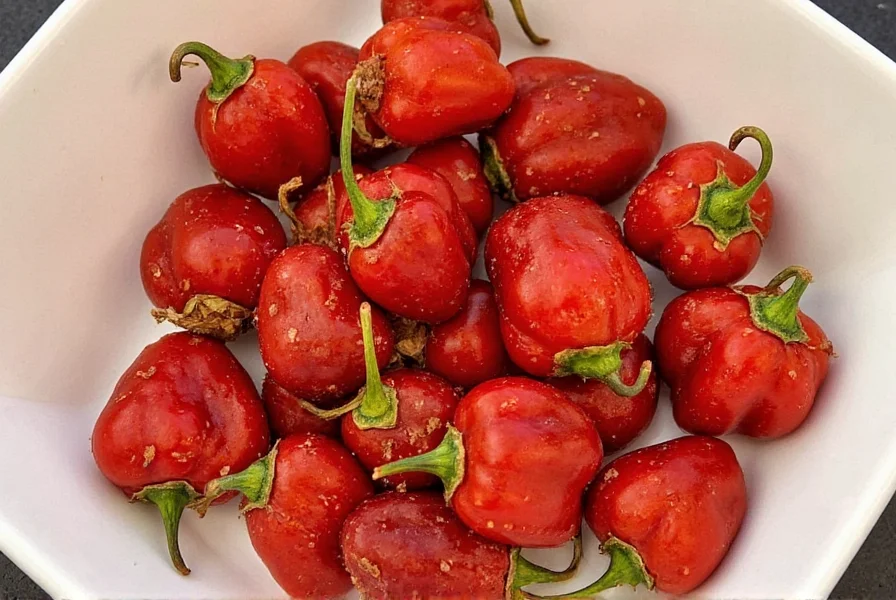
7 Best Pimento Berries Substitutes
When pimento berries are unavailable, these alternatives can replicate their complex flavor profile. Here are the top options for different cooking scenarios:
Allspice
- Taste Profile: Clove-like with hints of cinnamon and nutmeg
- Best For: Baking, marinades, jerk seasoning
- Substitution Ratio: 1:1 ground or whole
Cloves
- Taste Profile: Strong, sweet, and spicy
- Best For: Ham glazes, mulled drinks, stews
- Substitution Ratio: ½ teaspoon ground cloves for every 1 teaspoon pimento berries
Nutmeg
- Taste Profile: Earthy, warm, slightly nutty
- Best For: Desserts, sauces, holiday dishes
- Substitution Ratio: ¾ teaspoon ground nutmeg per teaspoon of pimento berries
Cinnamon
- Taste Profile: Sweet, woody, aromatic
- Best For: Baked goods, curries, spice blends
- Substitution Ratio: ¾ to 1 teaspoon ground cinnamon
Jerk Seasoning (Pre-Mixed)
- Taste Profile: Smoky, spicy, earthy
- Best For: Grilled meats, seafood, Caribbean dishes
- Substitution Ratio: 1–2 teaspoons per teaspoon of pimento berries
Mixed Spice (English Spice Blend)
- Taste Profile: Balanced blend of cinnamon, nutmeg, and allspice
- Best For: Puddings, cakes, festive dishes
- Substitution Ratio: 1:1
Peppercorns (Black + Allspice Blend)
- Taste Profile: Peppery with sweet undertones
- Best For: Savory dishes, rubs, marinades
- Substitution Ratio: Mix equal parts black peppercorns and allspice berries
| Substitute | Flavor Profile | Form Available | Use Case | Best Brands |
|---|---|---|---|---|
| Allspice | Warm, sweet, clove-like | Whole or ground | Baking, Caribbean dishes | McCormick, Simply Organic |
| Cloves | Strong, aromatic | Whole or ground | Glazed meats, mulled wines | Schneider's, Badia |
| Nutmeg | Earthy, nutty | Whole or ground | Desserts, béchamel | Simply Organic, Frontier Co-op |
| Cinnamon | Sweet, woody | Sticks or powder | Baked goods, stews | Now Foods, Ceylon Cinnamon Co. |
| Jerk Seasoning | Smoky, spicy | Powdered mix | Grilled proteins | Bull-Dog, Grace |
| Mixed Spice | Blended sweetness | Ground only | British puddings, cakes | Walkers Woodford, Elizabeth Anne |
| Black Peppercorns + Allspice | Spicy-sweet balance | Whole or cracked | Meat rubs, soups | Frontier Co-op, The Spice Hunter |
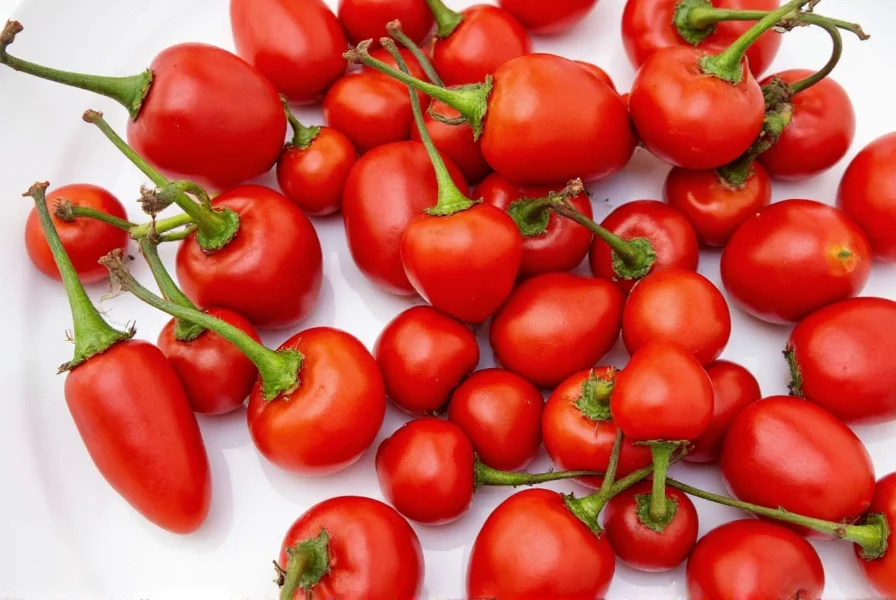
What to Look for When Buying
- Freshness: Check expiration dates. Whole spices last longer than ground ones.
- Packaging: Opt for airtight containers or resealable bags to preserve potency.
- Origin: Spices from specific regions (like Ceylon cinnamon) offer unique flavors.
- Brand Reputation: Choose trusted brands known for quality and purity.
How to Use Substitutes in Recipes
Here's how to integrate each substitute into your cooking like a seasoned chef:
For Marinades & Rubs
- Try: Black pepper and allspice mix or jerk seasoning
- Tip: Toast whole spices before grinding to enhance flavor depth.
For Baking
- Try: Nutmeg or mixed spice
- Tip: Freshly grated nutmeg adds more complexity than pre-ground.
For Holiday Drinks & Desserts
- Try: Cloves or cinnamon sticks
- Tip: Simmer cinnamon sticks in cider or wine for a cozy aroma.
For Curries & Stews
- Try: Ground allspice or mixed spice
- Tip: Add early in the cooking process for better flavor integration.
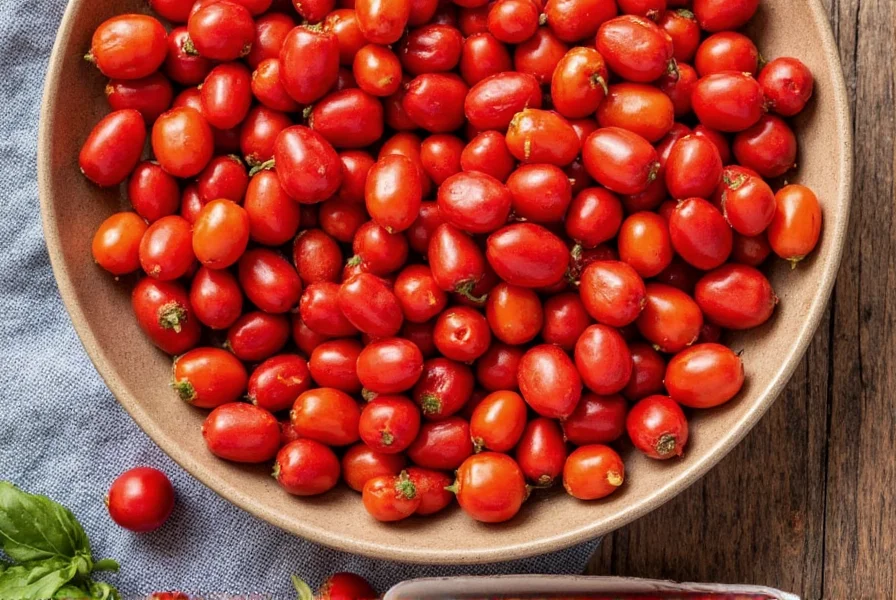
Frequently Asked Questions
What are pimento berries exactly?
Pimento berries, also known as allspice berries, are the dried unripe berries of the Pimenta dioica tree. They're called "allspice" because their flavor resembles a combination of cloves, cinnamon, and nutmeg. Despite the name, they're not related to bell peppers (which are sometimes called "pimentos").
Is allspice the same as pimento berries?
Yes, pimento berries are the whole form of what we commonly call allspice. When the berries are dried and ground, they become the allspice powder found in spice racks. So pimento berries = whole allspice berries.
Can I use ground allspice instead of whole pimento berries?
Absolutely. Ground allspice can be used as a 1:1 substitute for whole pimento berries. However, whole berries retain their flavor longer, so you may need to use slightly more ground allspice if your spice is not fresh.
What's the best substitute for pimento berries in jerk chicken?
For authentic jerk chicken flavor, a blend of allspice, thyme, and Scotch bonnet peppers works best. If you don't have all these, pre-made jerk seasoning (use 1-2 teaspoons per teaspoon of pimento berries) or a mixture of ground allspice with a bit of black pepper would be your next best option.
Are pimento berries the same as pink peppercorns?
No, they're completely different. Pimento berries (allspice) come from the Pimenta dioica tree, while pink peppercorns come from a Brazilian pepper tree. Though they look somewhat similar, their flavors are different - pink peppercorns have a mild, slightly sweet pepper flavor, while pimento berries have that distinctive allspice flavor.
Where can I buy pimento berries if I want the real thing?
You can find whole pimento berries (allspice berries) at specialty spice shops, Caribbean grocery stores, or online retailers like Amazon, Thrive Market, or The Spice House. Look for them in the spice aisle, often near other whole peppercorns and spices.
Can I make my own allspice substitute from other spices?
Yes! For a quick homemade allspice substitute, mix 3 parts ground cinnamon, 2 parts ground nutmeg, and 1 part ground cloves. This blend won't be identical to real allspice but will provide a similar flavor profile for most recipes.
Final Thoughts
Pimento berries are a unique spice with a rich history and versatile flavor profile. While they're often called "allspice," understanding their true origin and characteristics helps in selecting the best substitutes when needed. Whether you're cooking Caribbean jerk chicken or baking holiday desserts, knowing how to work with pimento berries and their alternatives ensures authentic results.
Remember that fresh spices make all the difference. Store whole berries in airtight containers away from light to preserve their complex flavor for up to two years. Experiment with these substitutes to discover new culinary possibilities while staying true to the essence of pimento berries.
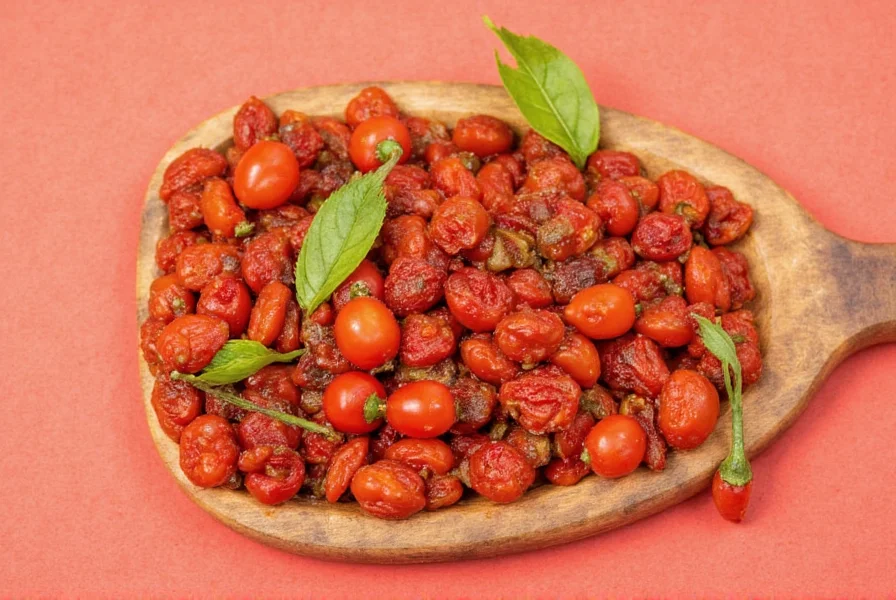

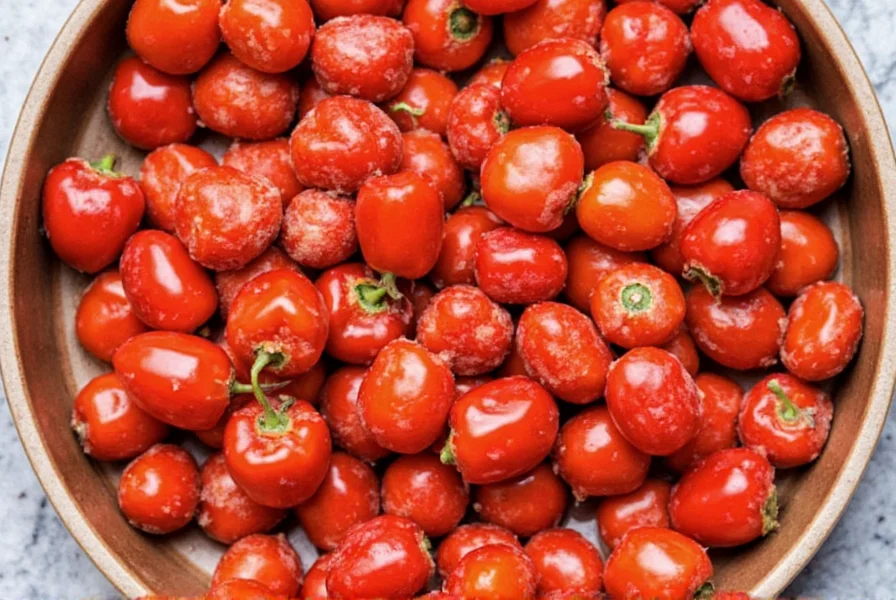











 浙公网安备
33010002000092号
浙公网安备
33010002000092号 浙B2-20120091-4
浙B2-20120091-4